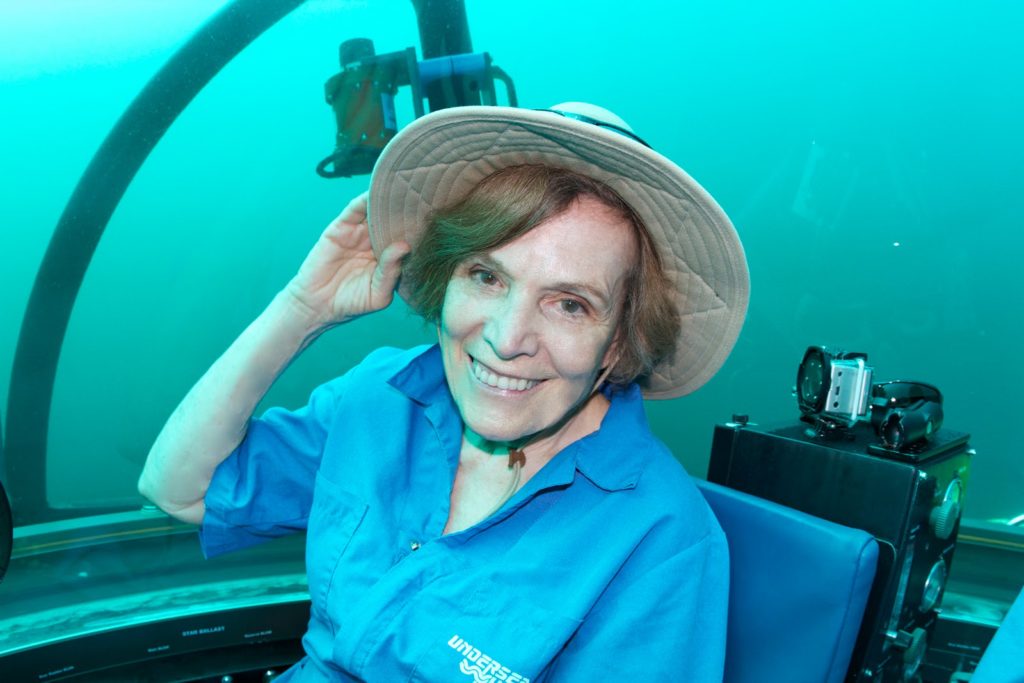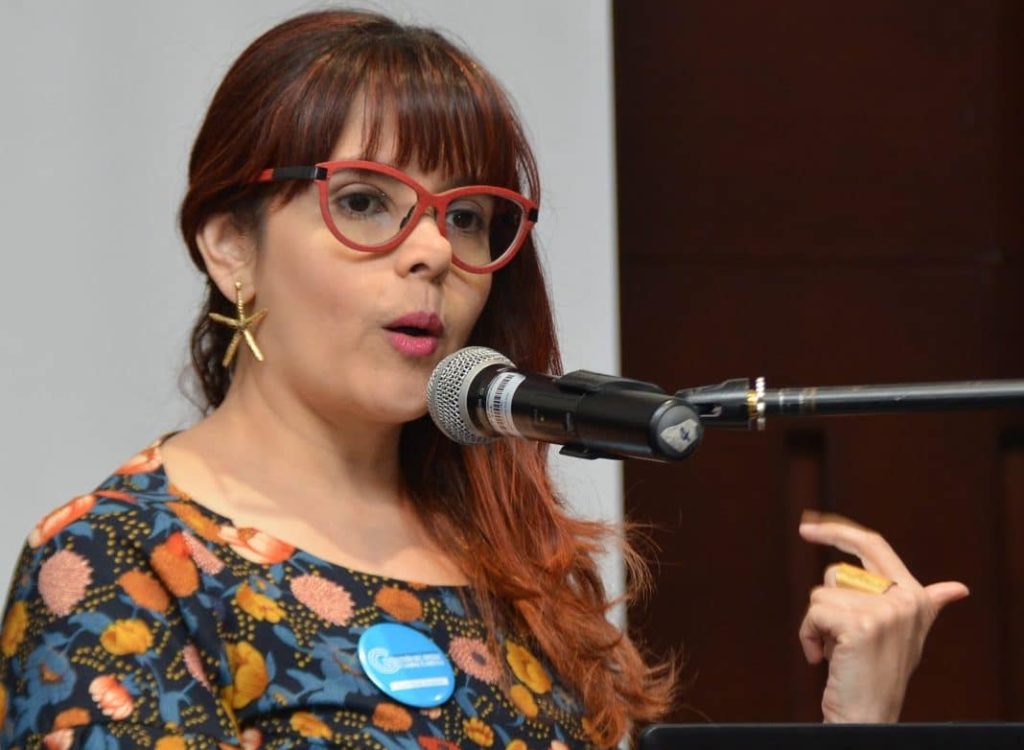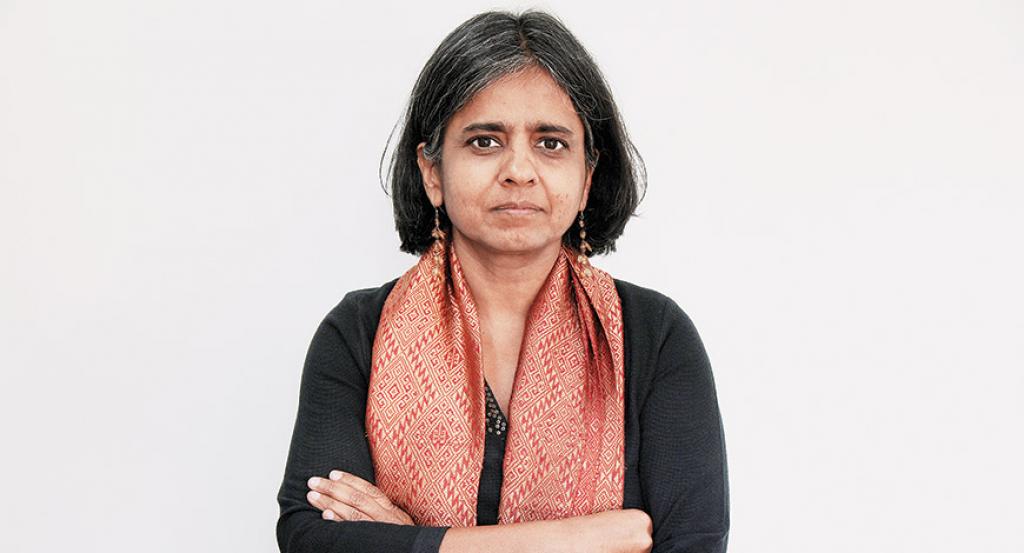7 Mins Read
Scientific research might be considered a male-dominated arena, but it’s time to recognise that there are plenty of female pioneers to celebrate.
Strong women who identified a niche or subject that was ripe for further exploration have led the charge for progress for centuries.
The following scientific powerhouses have made leaps in their respective fields and brought global attention to some of the most important environmental issues facing humanity.
1. Dr. Jane Goodall
Scientific niche: Primatology and anthropology. Goodall is globally regarded as the foremost expert on chimpanzees.
Seminal work: Research conducted at the Gombe Stream National Park in Tanzania that disproved theories that only humans can work with tools and that chimpanzees are vegetarian. The research project would lead to her gaining a Cambridge University PhD, without first completing a bachelor’s qualification.
In 1977, Goodall initiated the Jane Goodall Institute, a global organisation designed to support chimpanzee protection. It has become highly regarded for its conservation work in Africa. A number of rehabilitation, research and education centres have since followed.
The woman behind the white coat: Goodall grew up as an animal lover, following the gift of a stuffed chimpanzee, called Jubilee, from her father. She credits the figure as awakening her fascination with primates and, eventually, her move to Africa. An activist, vegetarian, Dame, and supporter of cultivated meat as a solution to animal agriculture, she remains an influential figure now in her late 80s. Some of us would still like to be Jane Goodall when we grow up.

2. Dr. Sylvia Earle
Scientific niche: Marine biology. Earle has been a National Geographic explorer-in-residence since 1998.
Seminal work: In 1970, Earle led an all-female team of aquanauts in a research project that saw them submerged in an installation, below the sea, for weeks. She had been rejected for the Tektite Project one year earlier but was asked to lead the subsequent Tektite II. the research studied underwater effects on humans, with a focus on diving impact. In 1979, Earle set a world record for the deepest untethered diving suit dive, reaching 381 metres. This remains unbeaten today.
Part of the founding team of Deep Ocean Engineering, Earle left in 1990 to take up position as chief scientist at the National Oceanic and Atmospheric Administration. She was the first woman to be given the role and advised on oil spill impact. When she left, she founded Deep Ocean Exploration and Research, to return to her roots in marine engineering. Her daughter has since taken the reins.
Earle is now a National Geographic explorer-in-residence and a regularly called-upon expert in the field of marine sustainability. In 2009 she was awarded the $1,000,000 TED prize, which she used to pursue ocean advocacy.
The woman behind the white coat: Vegetarian Earle is sometimes referred to as “Her Deepness” or “The Sturgeon General” by her peers. She has remained on numerous committees and boards designed to protect ocean habitats and was a featured expert in Netflix’s documentary Seaspiracy.
3. Dr. Katherine Hayhoe
Scientific niche: Atmospheric science.
Seminal work: Authoring more than 120 peer-reviewed research papers, alongside co-authoring a number of reports that have brought climate change into modern discourse. Her work for the National Climate Assessment report in 2014 led to her declaring that “Climate change is here and now, and not in some distant time or place. The choices we’re making today will have a significant impact on our future.”
Contributing to the IPCC report, Hayhoe was named as one of the UN’s Champions of the Earth in 2019. Her work has identified her as a leading expert and communicator on climate action. This in turn has resulted in her being an outspoken critic of climate deniers. The New York Times published a quote from her that made her feelings clear: “The six stages of climate denial are: It’s not real. It’s not us. It’s not that bad. It’s too expensive to fix. Aha, here’s a great solution (that actually does nothing). And – oh no! Now it’s too late. You really should have warned us earlier.”
Today, Hayhoe is a professor of political science at Texas Tech University, alongside being director of the Climate Service Center. She has remained in position as CEO of ATMOS Research and Consulting and last year joined Nature Conservancy as its chief scientist.
The woman behind the white coat: Hayhoe has juggled evangelical Christian beliefs with a career in science, citing her father as inspiration for the two being able to co-exist. She was invited to the White House when Barack Obama was President and spoke alongside Leonardo DiCaprio on the subject of climate action.
4. Dr. Kimberley Miner
Scientific niche: Climate science.
Seminal work: Miner joined NASA’s Jet Propulsion Laboratory (JPL) following a stint at the U.S. Department of Defense. She had collaborated with JPL as part of her former role and made the permanent move to focus her efforts on earth science endeavours. Her current research project is based in the Arctic. The team recently published an article that highlighted the increasing risk of thawing permafrost, as a result of climate change.
Regarded globally as an important voice within the scientific community, Miner’s research has spanned new heights. Literally. Having reached the summit of Everest, a feat that gained her and her team a Guinness World Record, she revealed a compelling fact: pollutants and chemicals were present. Harmful PFAs were identified at such alarming levels that Miner conducted the tests three times, to be sure.
Miner has been explicit in her support of rewilding as a potential climate solution. Her work to generate more nature preserves and reintroduce native plants across a variety of ecosystems is ongoing, alongside her Arctic research. She is a professor at the University of Maine as well.
The woman behind the white coat: When she isn’t climbing Everest or hunkering down at the Arctic, Miner is a fierce champion for women and girls in STEM. having received supportive mentorship early in her education and career, she is keen to pay it forward by breaking down gender stereotypes in the scientific community.

5. Dr. Paola Arias
Scientific niche: Earth and atmospheric sciences plus geological sciences.
Seminal work: Arias looks at climate change and hydroclimate modelling in South America. She has two master’s degrees plus a doctorate. The latter came from her research into climate variability in monsoon and Amazonian regions. Her observations and understanding of water systems led to her being invited to co-author a chapter of the latest IPCC report.
Arias is a professor at the University of Antioquia, where she heads the Environmental School. Outside from her educational demands, she is a regular guest speaker and expert voice regarding climate and hydrological change and their links to South America. The 2019 TEDxBogotaMujeres event hosted her as a scientific expert.
The woman behind the white coat: Arias is the first Colombian woman to ever be invited to contribute to an IPCC report. She represents not only females in science, but also LATAM expertise.

6. Sunita Narain
Scientific niche: Environmentalism.
Seminal work: Narain started working at the Centre for Science and Environment (CSE) in 1982. Having completed her studies at the University of Delhi, learning remotely while still in position, she co-edited the State of India’s Environmental Report in 1985. This led to in-depth studies into forest management systems and natural resource allocation. This would prove to be the foundation for specialising in identifying links between environment and development, within sustainable frameworks.
In 2012, Narain wrote the 7th State of India’s Environment Reports, Excreta Matters, which looked at India’s water supply and pollution levels in urban areas. Still working for the CSE, she has masterminded numerous research projects surrounding domestic and global environmental concerns. A prominent paper revealed high pesticide levels found in American soft drinks, including Pepsi and Coke.
A leading expert on water harvesting, Narain is featured in Before the Flood, a climate documentary also featuring Leonardo DiCaprio. In it, she talked about how the Moonsoon in India has been directly impacted by climate change and the resulting difficulties faced by domestic farmers and food security concerns.
2016 saw Narain declared as one of Time Magazine’s 100 Most Influential People.
The woman behind the white coat: A staunch environmentalist, Narain is a keen cyclist. She was hit by a car in 2013 by a driver that failed to stop, resulting in numerous body and face injuries. She remains a cyclist today.
Lead image created in Canva.





